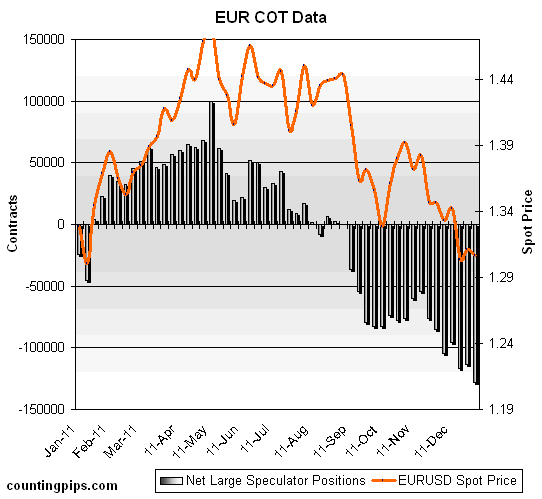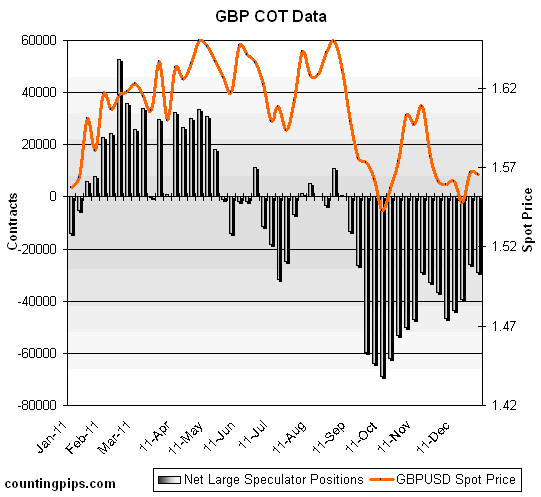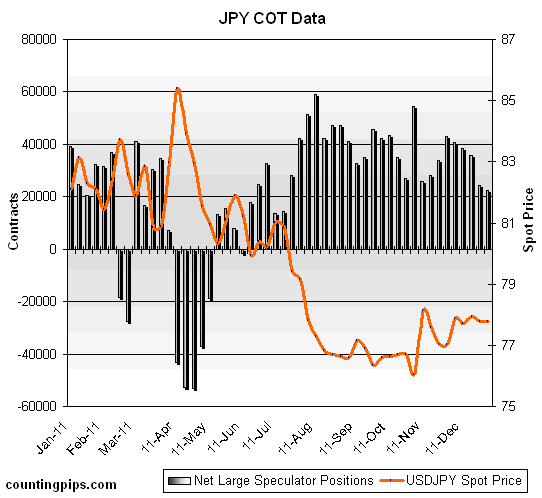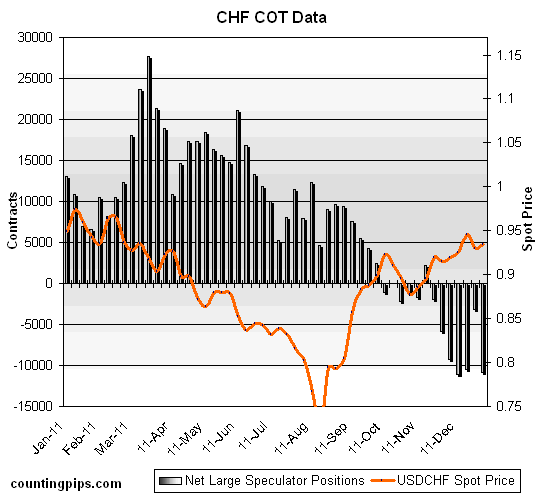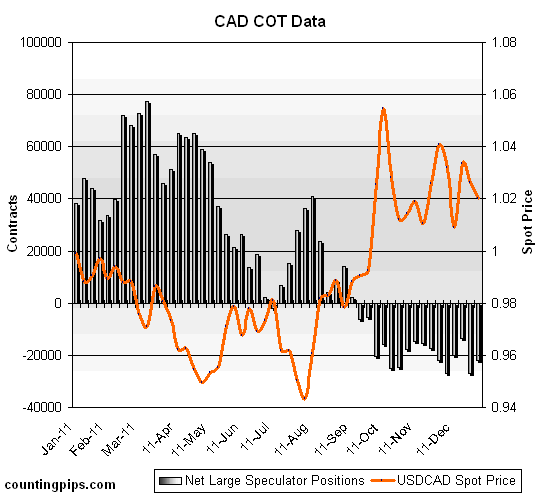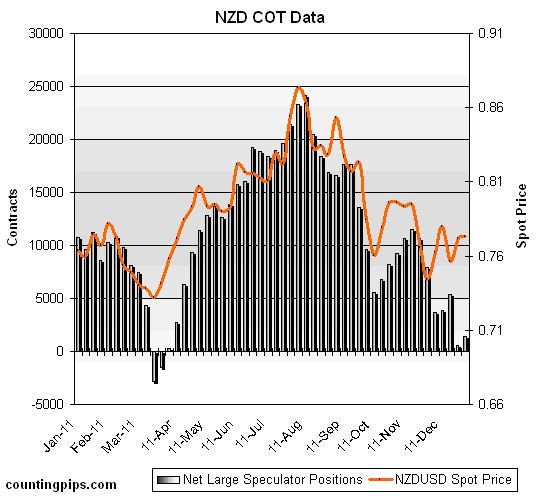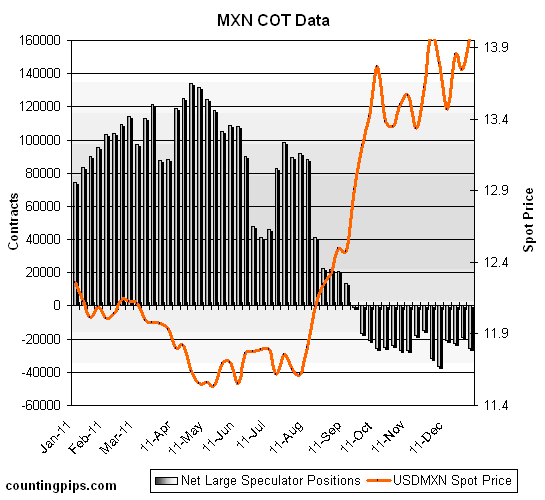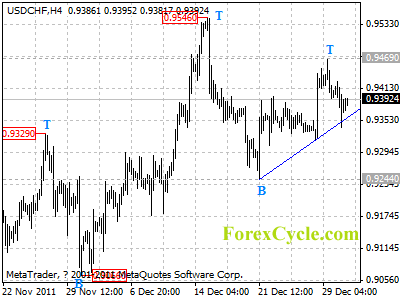Why Investors Need to Know About Neodymium
by David Fessler, Investment U Senior Analyst
Monday, January 02, 2011
Financial markets seem to hang on every meeting, every statement and protest coming out of Europe these days. The PIIGS (Portugal, Ireland, Italy, Greece and Spain) are wallowing in too much debt. Germany and France are reluctant to throw good money down a rat hole to bail them out.
The world’s economies and financial markets are in a constant state of limbo. They’re all on hold, waiting to see how it’s all going to play out. Here in the United States, we’re consumed with who’s going to get elected next November.
But there’s an even bigger problem looming that seems to get very little press these days. It’s beginning to affect nearly every sector. And it will have far-reaching impacts on global consumers and manufacturers alike.
I’m talking about the growing shortage of rare earth elements (REEs). These 17 special materials have properties that make them essential for today’s consumer, military and medical sectors.
China has announced that it’s cutting production to 70 percent of today’s current output by 2015. This is after previously announced cuts in production and numerous price increases. Currently, China produces over 90 percent of all REEs in the world.
In a recent report, Roskill, an international metals and minerals research firm, said most of China’s future production would go to Chinese manufacturing companies.
That leaves scant REEs for the rest of the world. There are a few companies outside of China that are scrambling to makeup the looming shortfall in demand. Even with their 2015 production projections of 56,000 tons, these precious elements will still be in short supply.
Reaction has been quietly swift: U.S. Representative Michael Coffman, (R-Colorado), calls China “an unreliable trading partner.” He thinks companies and governments around the globe should begin to stockpile REEs.
The logic is sound, but the problem is the REEs he’s talking about have to come from China, which is already not producing enough to satisfy global demand.
To make matters worse, China will be announcing its 2012 production quantities, and more importantly, how much it plans to export. Many experts believe both numbers will be cut yet again.
Golden Opportunity for Investors
One of the main drivers for rare earths is neodymium. It’s used primarily to produce magnets used in electric motors for EVs and for powerful electric generators in wind turbines. Those applications will continue to be the top use for this REE in 2015, according to the Roskill study.
The convergence of seemingly endless demand, with a supply chain that still won’t be caught up to demand three years from now, spells opportunity with a capital “O” for investors willing to jump in now.
It won’t be a long wait either, especially if China cuts exports again. But not every company is worthy of your investment dollars.
Australia’s Lynas Corporation Ltd. (PINK: LYSDY) is one of a few companies that’s slated to come online next year with REE production.
Investors who want to be onboard the REE gravy train could consider an early investment in Lynas shares. But with the markets on a rollercoaster ride, be prepared for wild swings in share prices.
A few years from now, your patience will likely be rewarded in spades.
Good Investing,
David Fessler
Article by Investment U

